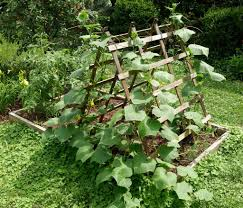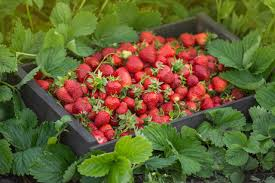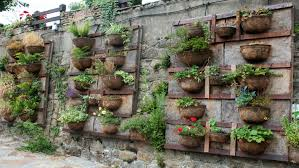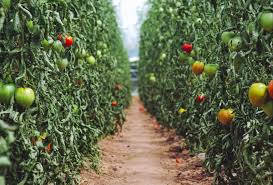When garden space is limited, growing vertically is the perfect solution to maximize the available area. Vertical gardening allows you to make the most of height, providing a great opportunity to grow more with less space. This technique has gained popularity, and various innovative tools and methods have made vertical gardening more accessible and productive. Whether you’re working with a small urban garden or a confined backyard, vertical gardening can transform even the smallest spaces into lush, edible landscapes.
Climbing and Sprawling Vegetables
To begin, focus on plants that naturally grow upwards or can be trained to do so. Vegetables like pole beans, climbing peas, vine tomatoes, cucumbers, melons, squashes, and zucchini are ideal for vertical growing. These plants often produce tendrils or vines that will naturally cling to structures, enabling them to climb as they grow. Some, like beans, will spiral around their support, while others, such as vine tomatoes, may need to be gently tied in place.
For fruit trees, varieties like apples and cherries can be trained into space-saving shapes like cordons, espalier, or fan shapes. Cane fruits like raspberries and blackberries grow tall, and you can keep them under control by training them on wires or posts, preventing them from spreading out too much.

Vertical Growing Structures
Several vertical gardening structures can help make the most of your space. Here are some ideas to get you started:
- A-Frames: Construct A-frame structures using wood or netting. Lean two frames together and secure them at the top. As the plants climb, use the space between the frames to grow shade-loving vegetables like lettuce or spinach. These frames are reusable, so you can store them in a shed at the end of the season.
- Living Walls: Modular wall planters, such as fabric Woolly Pockets, or stackable planters can transform walls or fences into productive growing spaces. These are perfect for herbs, salads, and strawberries. You can also create your own living wall using recycled materials like food tins or window boxes.
- Hanging Planters: Many vegetables, including vine tomatoes, strawberries, and peppers, can be grown in hanging containers. Use upside-down planters for tomatoes, filling them with compost and shallow-rooted plants like lettuce or radishes at the top. Watering and feeding from above makes for easy maintenance and a unique way to grow.

- Edible Dividers: Instead of using solid hedges, try creating natural dividers using espaliered fruit trees, which grow horizontally along trellises. These trees can act as year-round barriers, and you can plant herbs or annual vegetables at their base. Seasonal climbers like peas and beans make excellent temporary dividers and are quick-growing.
- Archways of Edible Plants: Create a visually stunning edible archway at the entrance of your garden by planting climbers on each side. Squashes, beans, and other vegetables can grow up the archway, producing an abundance of edible foliage and fruit while also creating a beautiful, green entrance.

By using vertical space creatively, you can grow a variety of vegetables and fruits, boosting productivity even in limited spaces. Whether you choose frames, hanging planters, or living walls, there are countless ways to incorporate vertical gardening into your backyard.
Give some of these ideas a try and watch your garden grow upwards! I’d love to hear about your experiences with vertical gardening and any additional tips you may have for maximizing small garden spaces.
